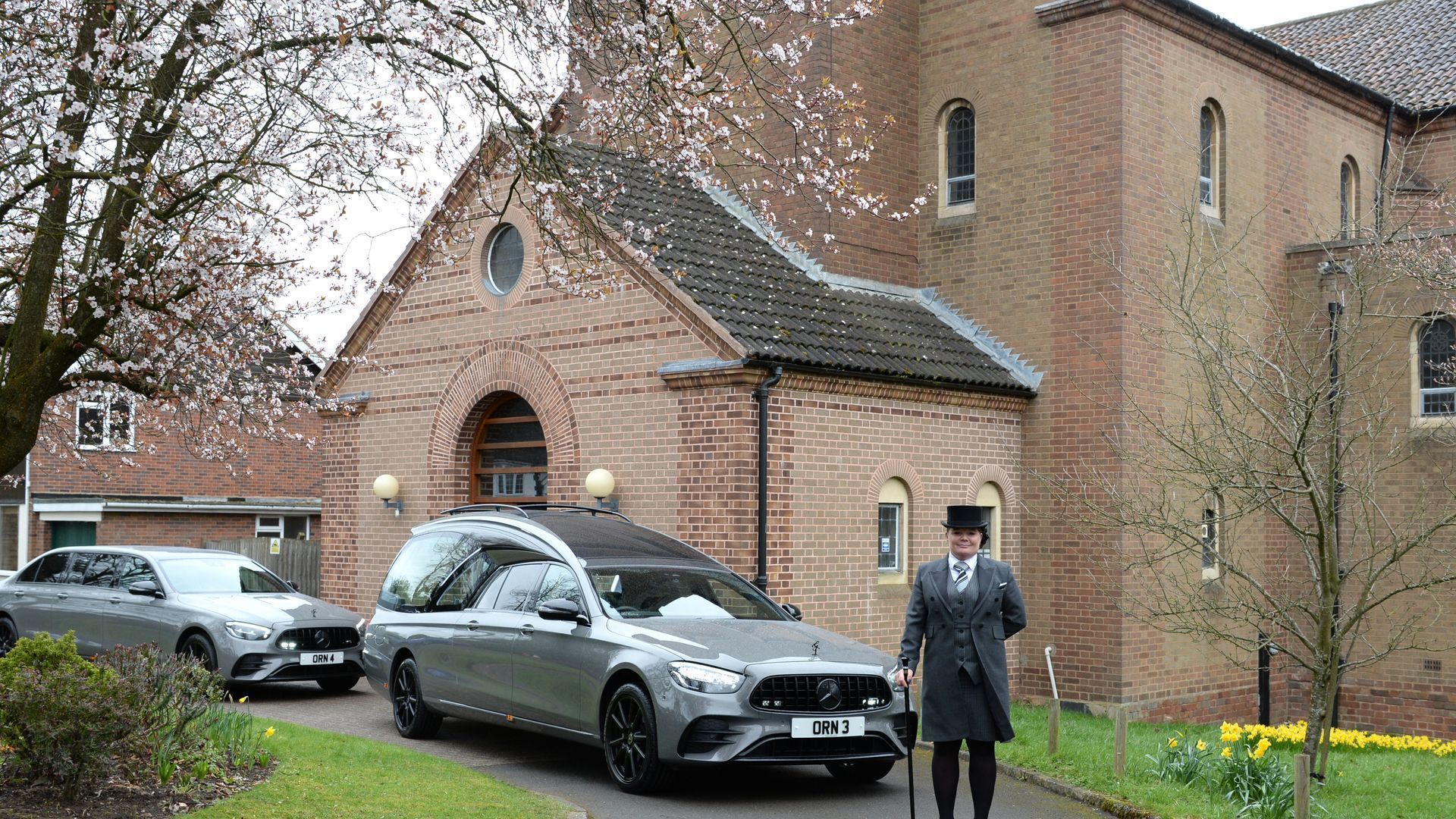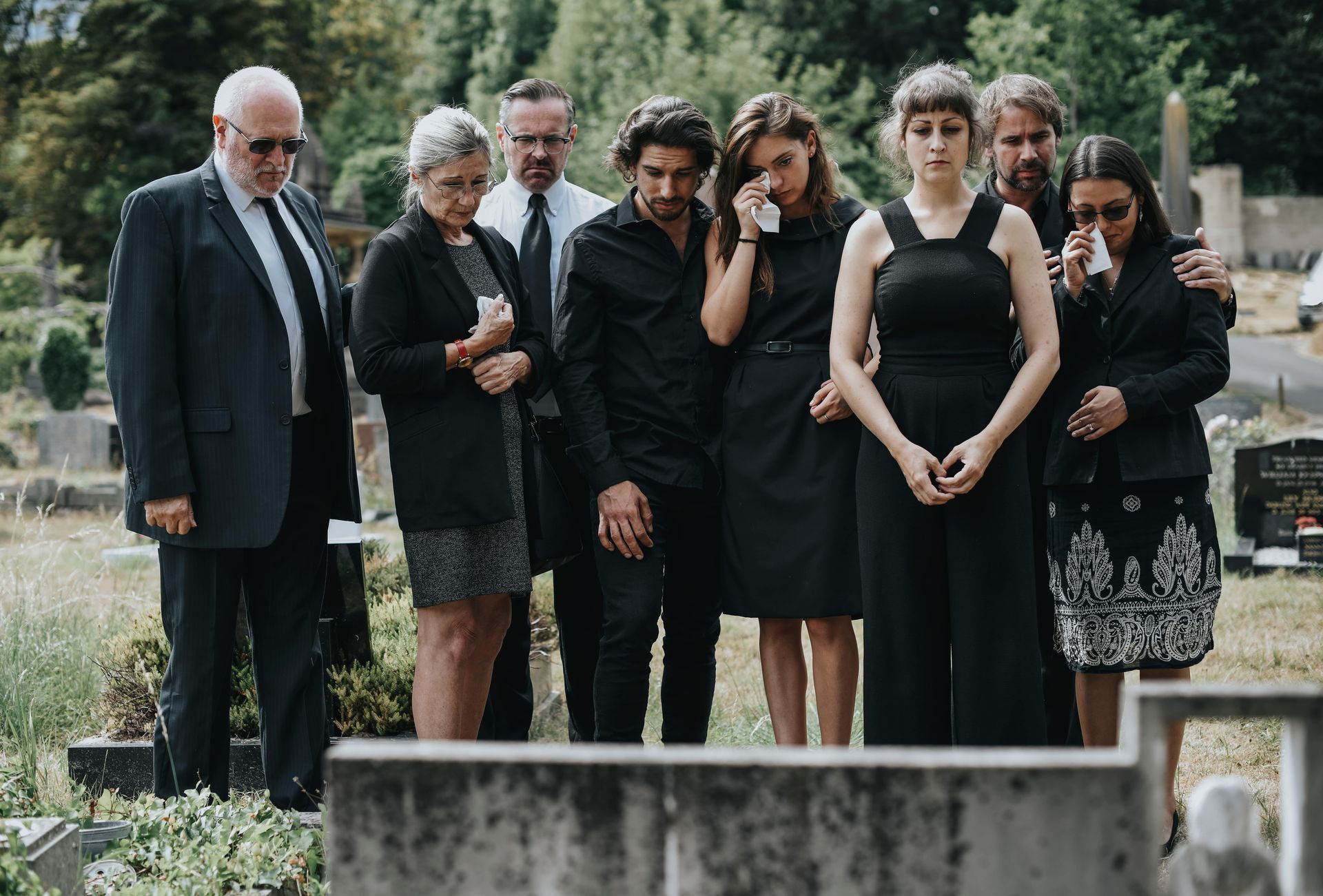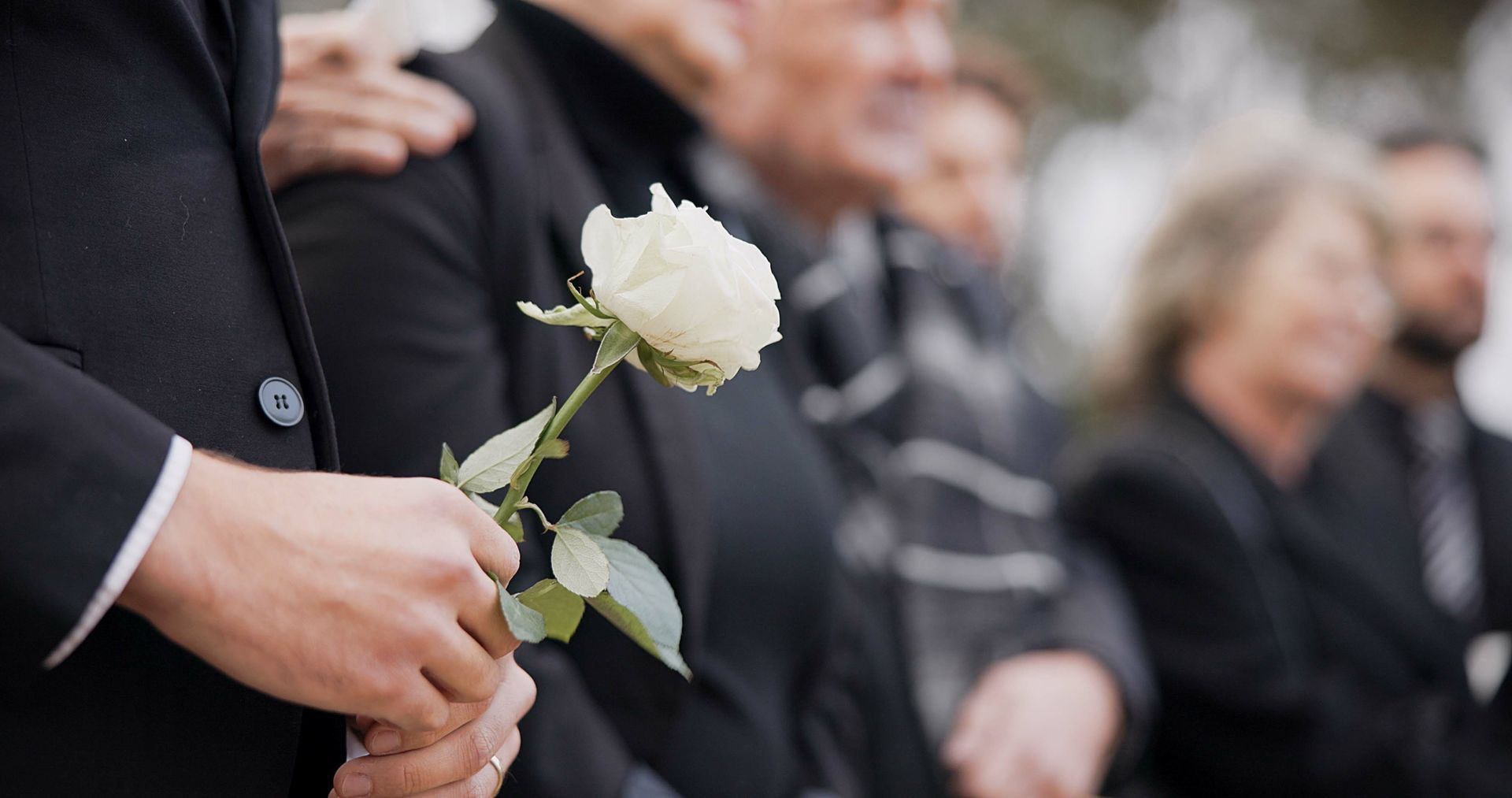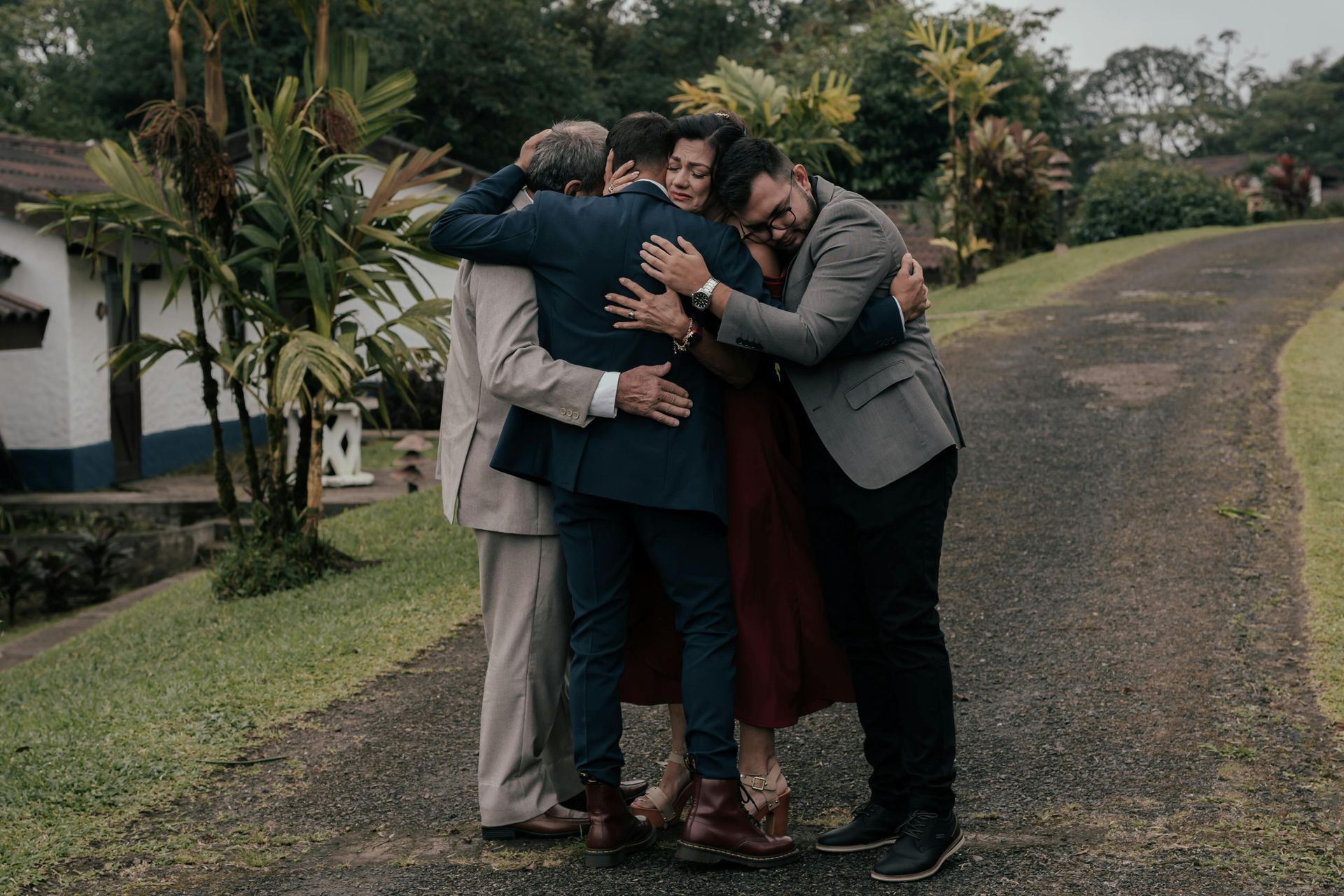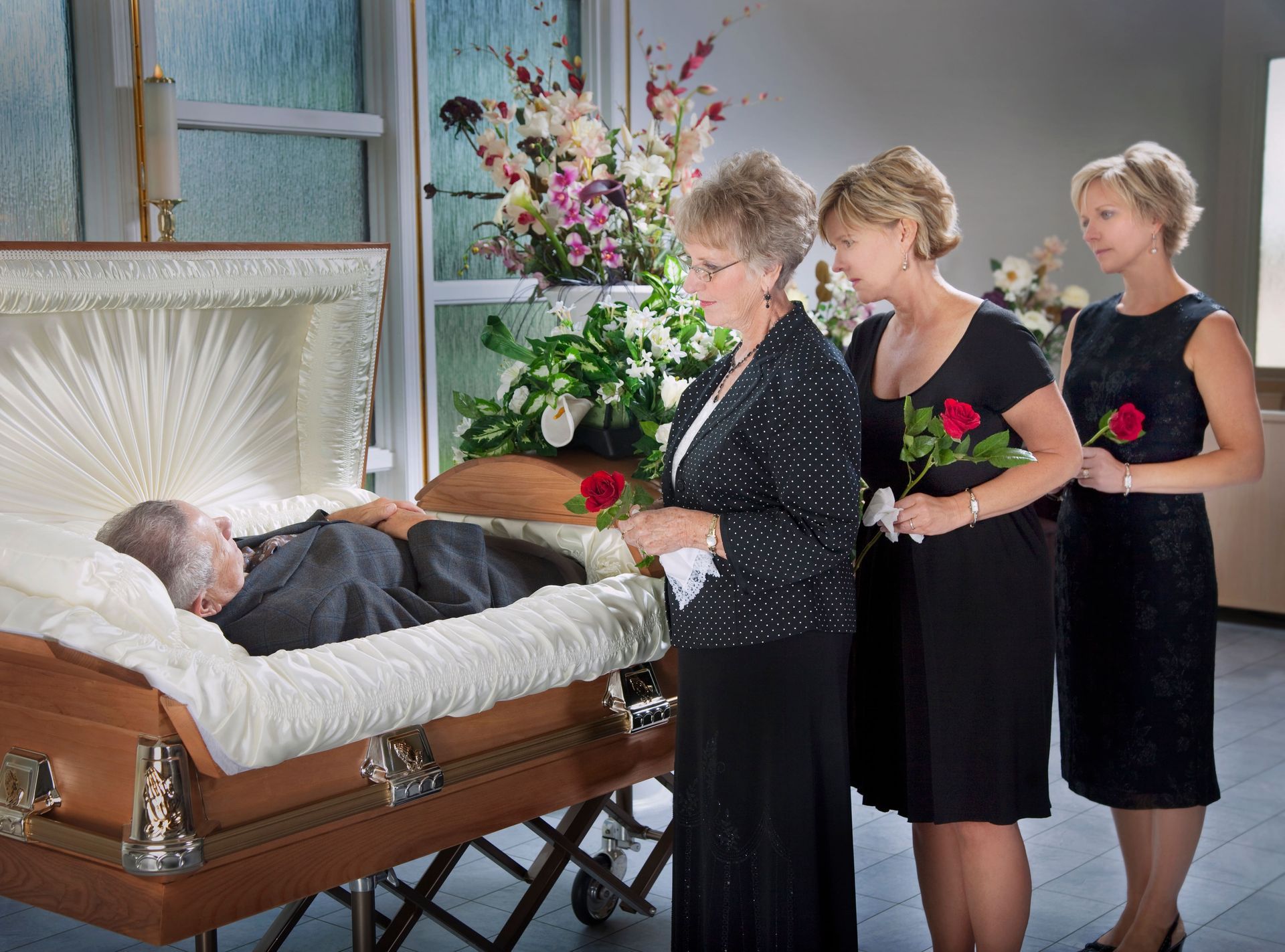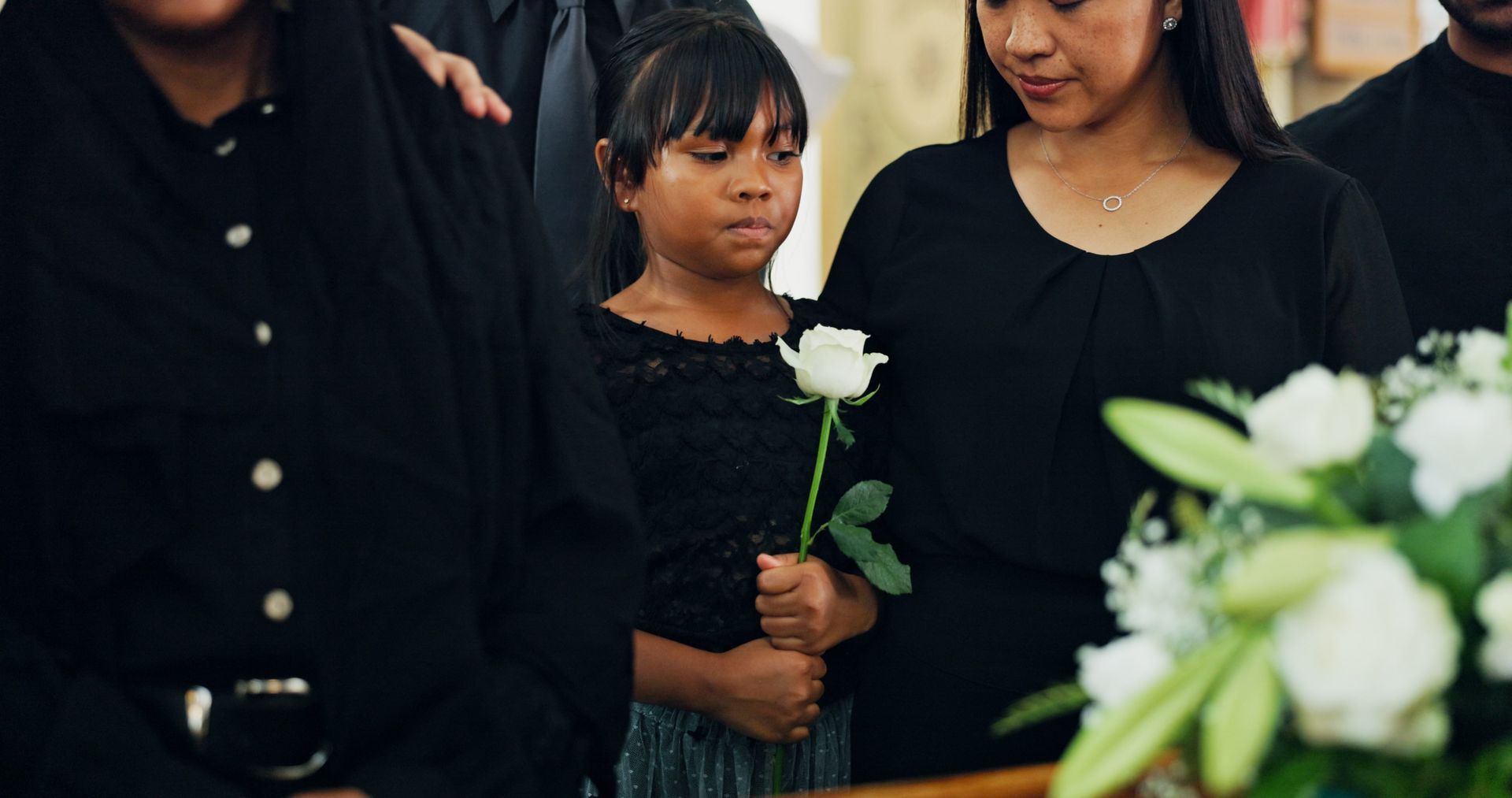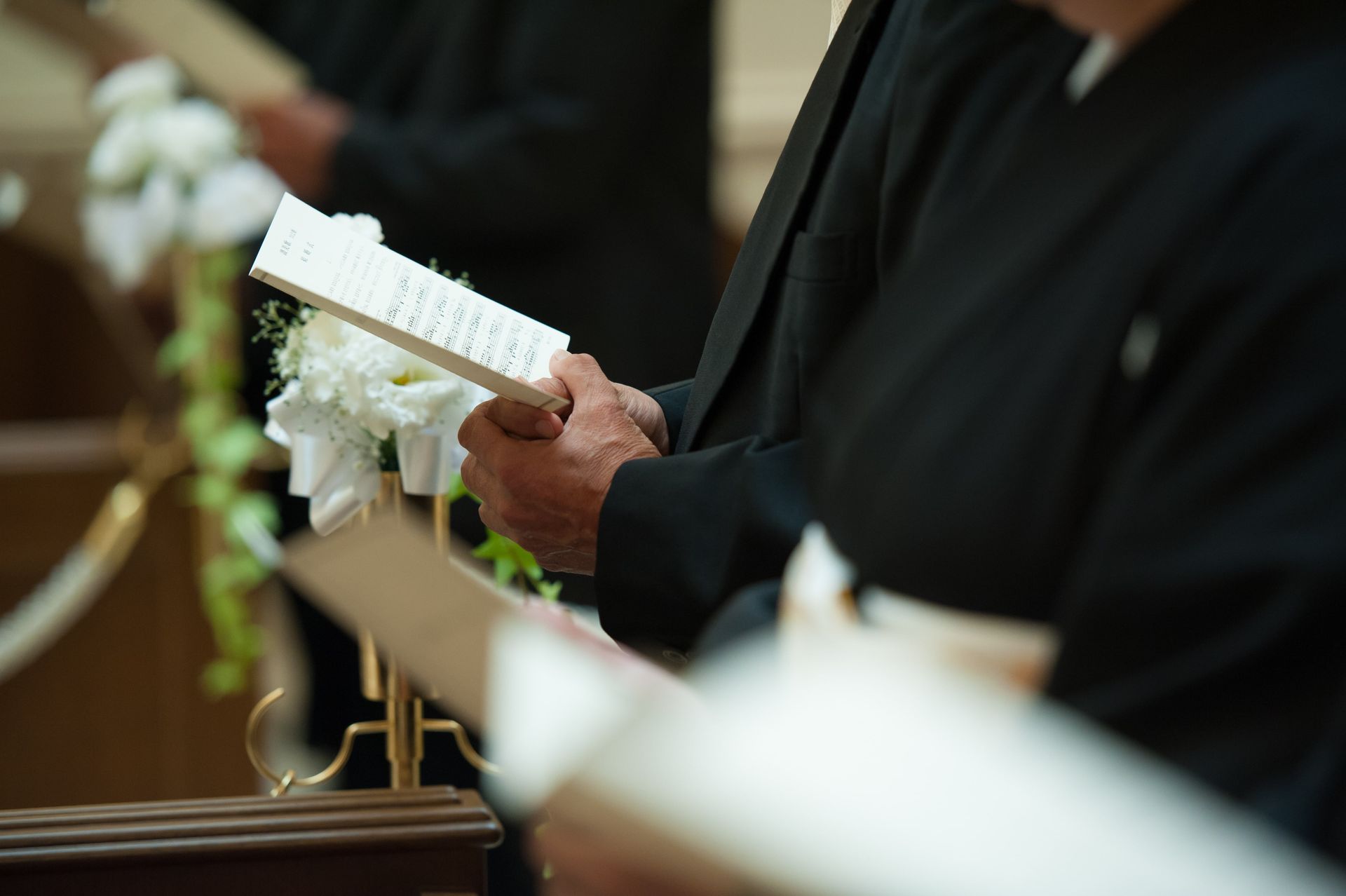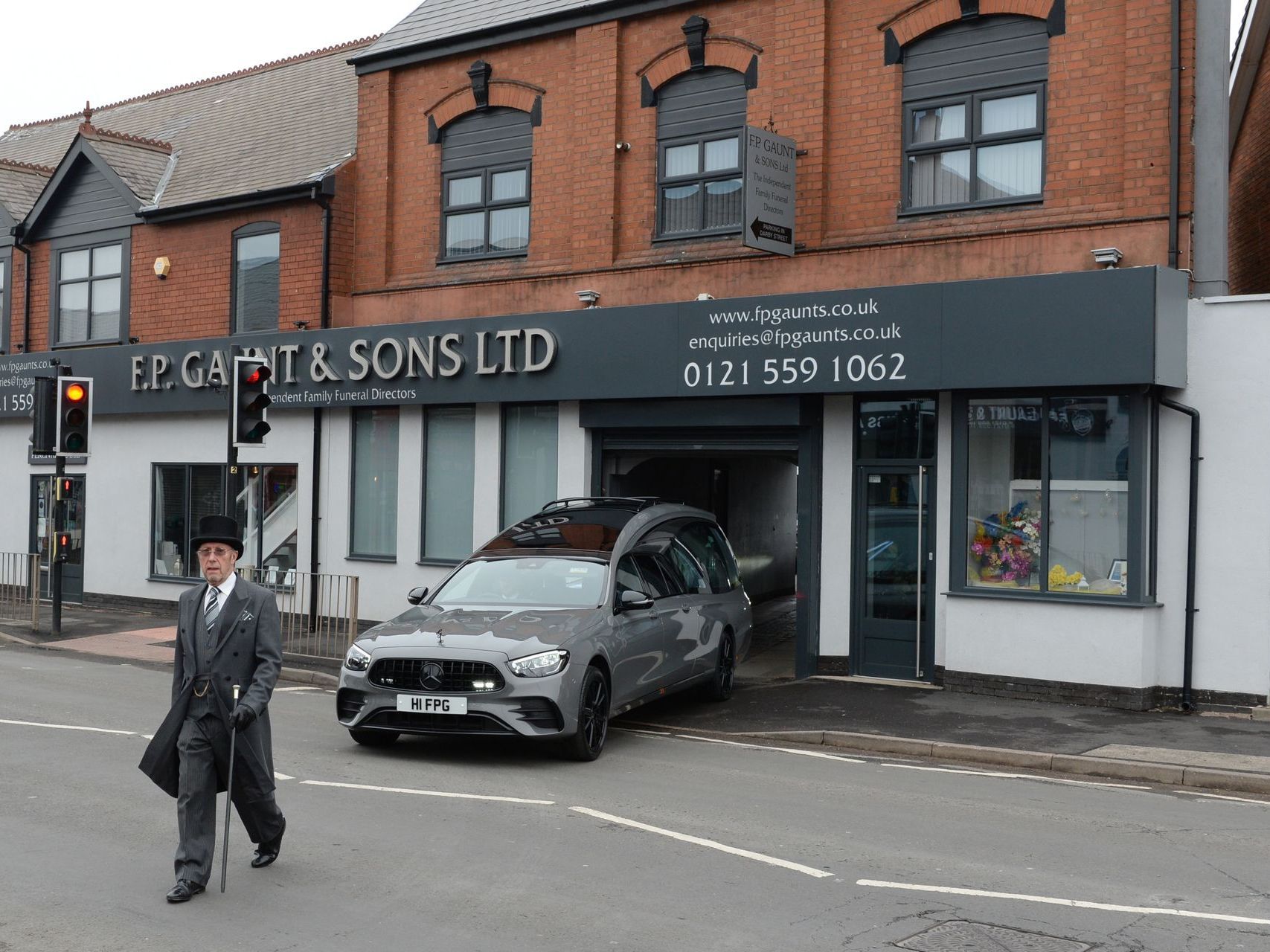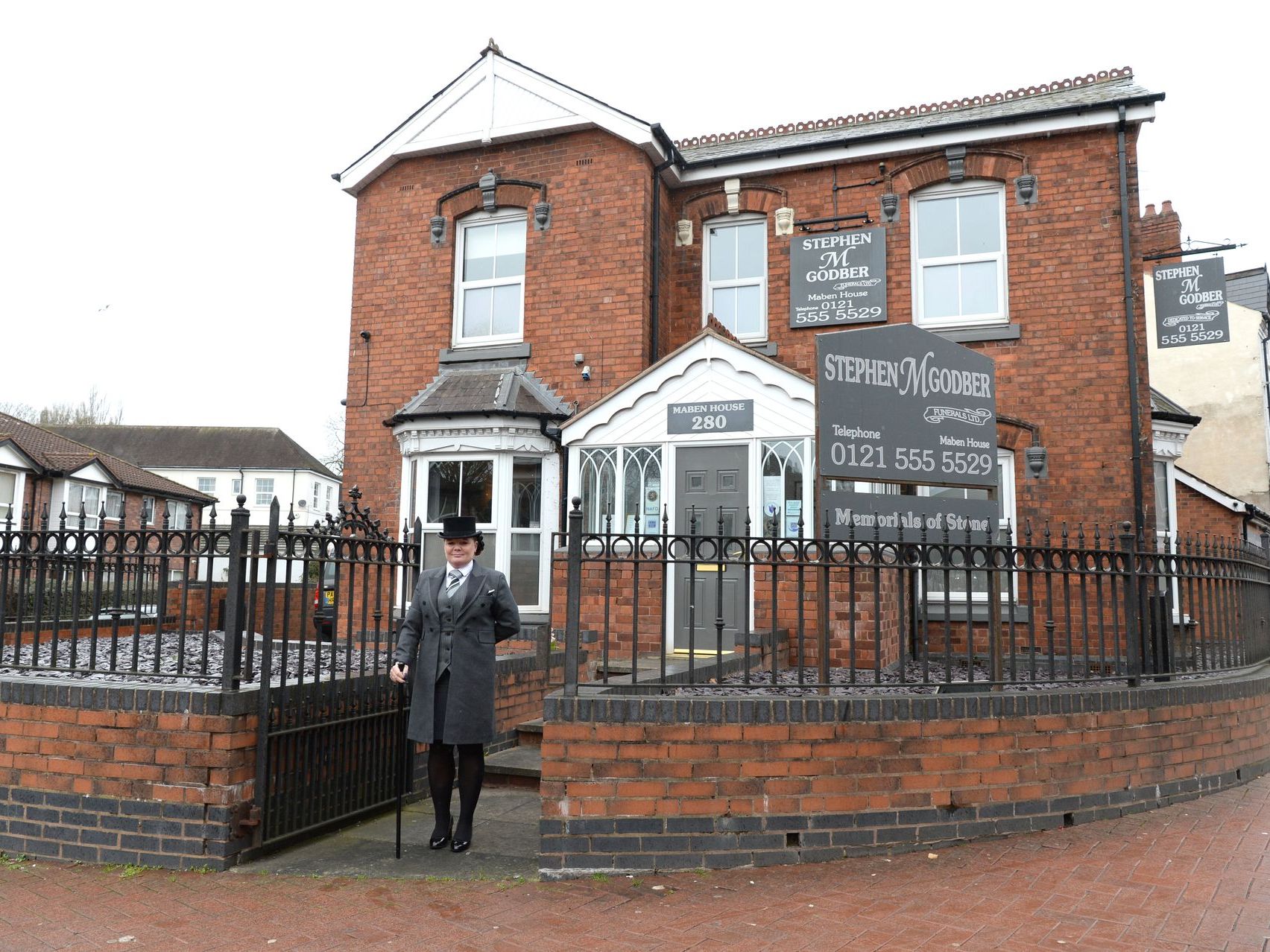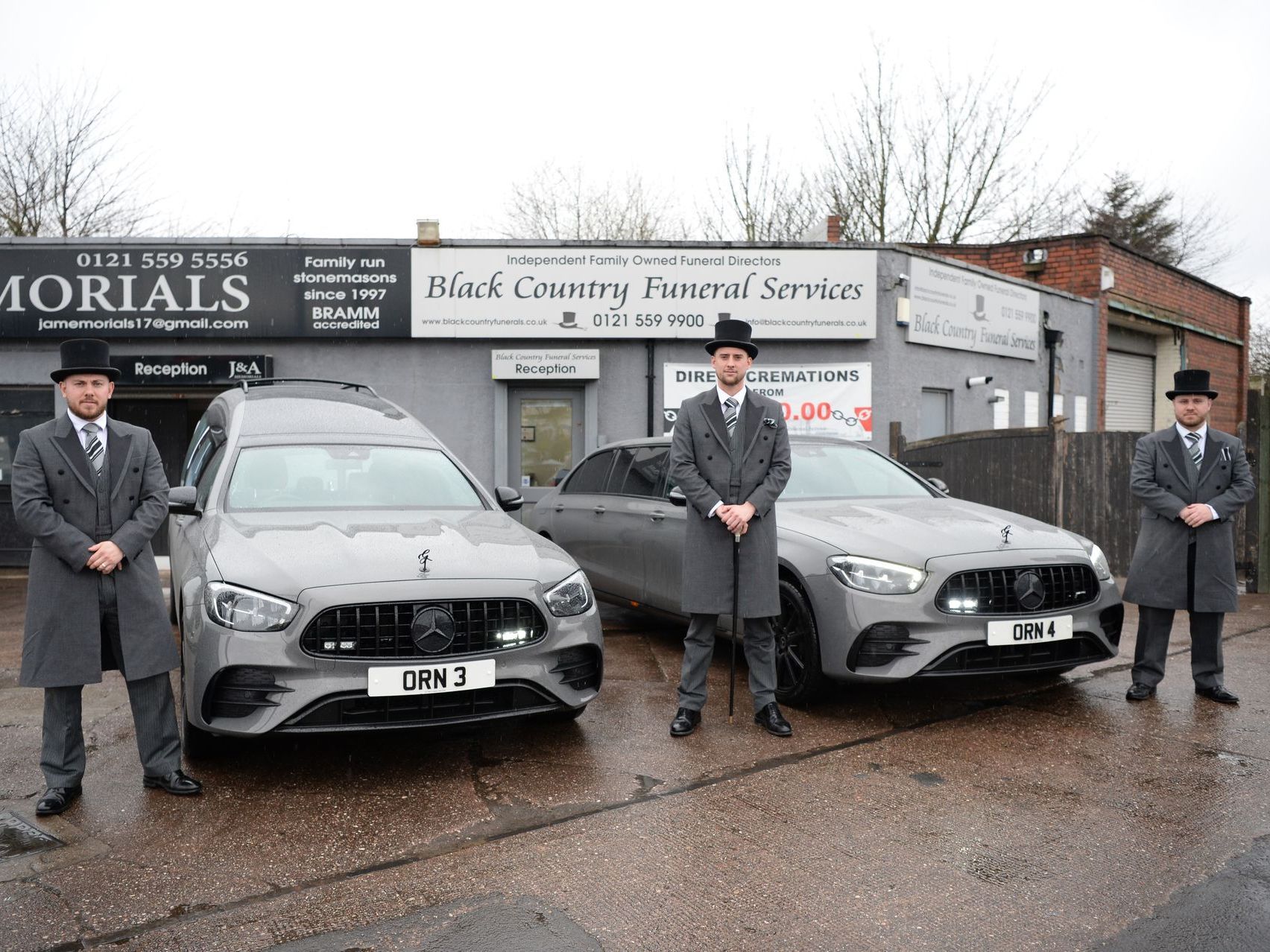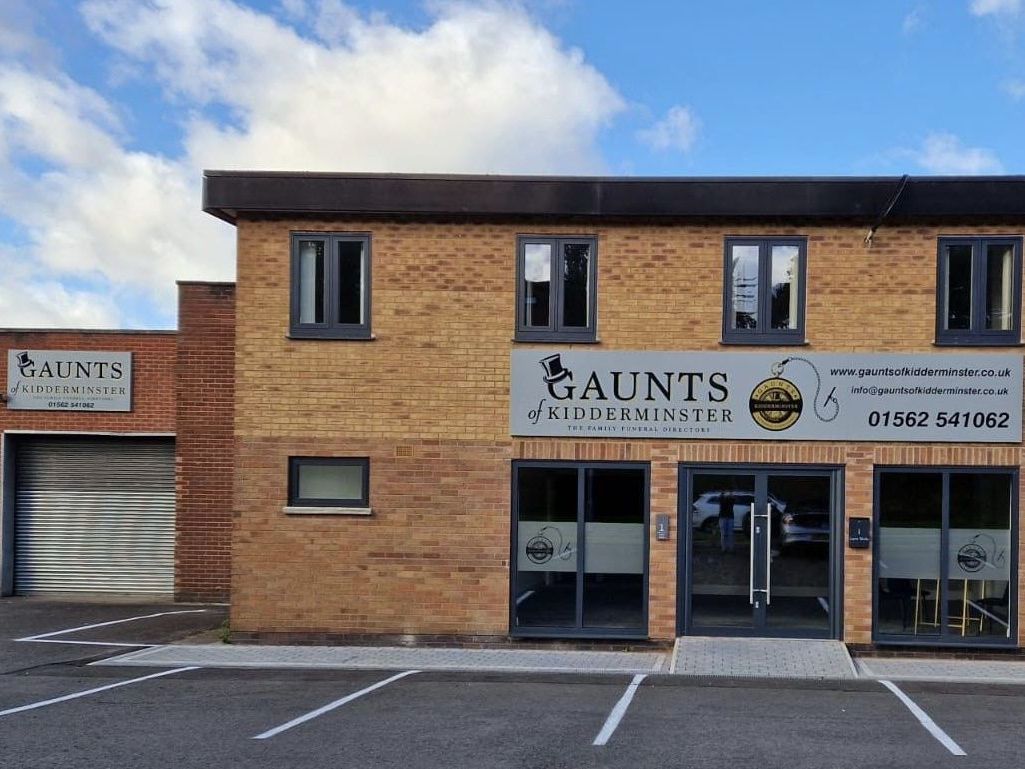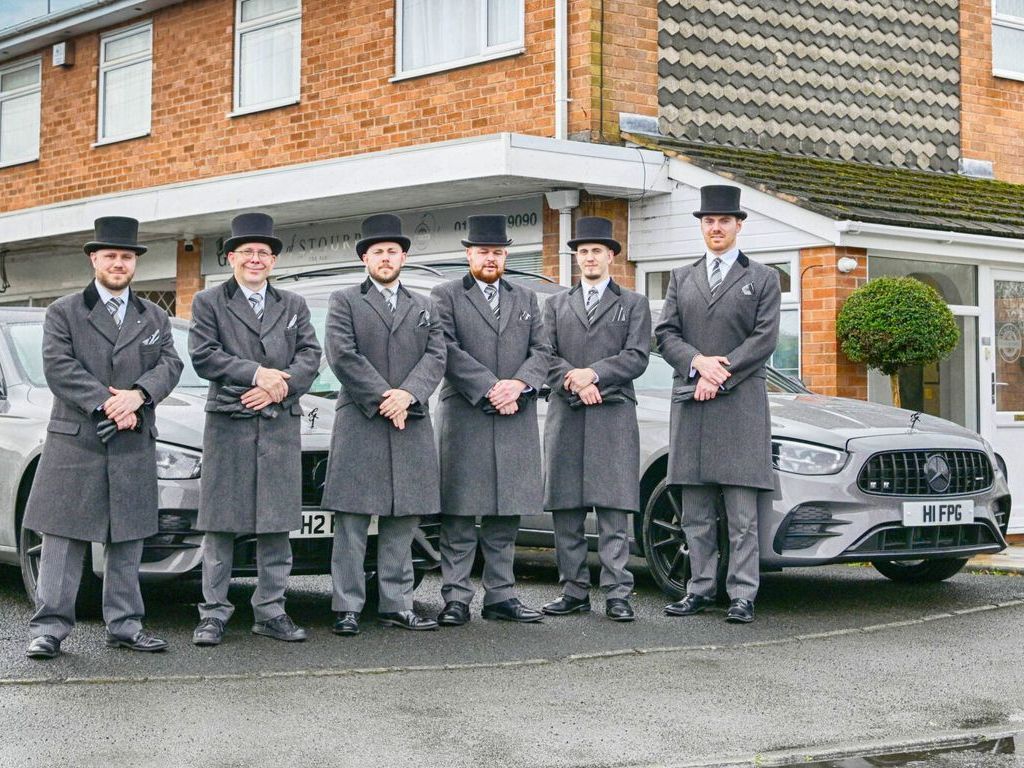Funeral Processions: What You Need to Know
What Is a Funeral Procession and What Is It Called?
A funeral is a time to honour and remember the life of a loved one. One of the most traditional and meaningful elements of this ceremony is the funeral procession. But what exactly is a funeral procession, and what is it called in different contexts?
At Gaunts of Wollaston, we believe in helping families understand and embrace these customs to create a meaningful farewell for their loved ones. Explore what a funeral procession is, its significance, the rules surrounding it, and the terminology used to describe it.
What Is a Funeral Procession?
A funeral procession is the formal journey made by the mourners and funeral vehicles as they accompany the deceased from one location to another, usually from a funeral home, church, or family home to the final resting place. It is a time-honoured tradition that provides a solemn and respectful way to mark the passage of a loved one.
The procession typically involves:
- The Hearse: A specially designed vehicle carrying the coffin or casket.
- Family Vehicles: Cars carrying close family members or pallbearers.
- Mourners: Friends and extended family may also follow in their own vehicles or on foot, depending on the custom.
What Is a Funeral Procession Called?
While "funeral procession" is the most commonly used term, there are other phrases and cultural names associated with it. These include:
- Cortege: This term is often used interchangeably with "funeral procession" and comes from the French word cortège, meaning "train of attendants."
- Funeral Parade: In some cultures, particularly in places like New Orleans, in the United States, funeral processions involve music and celebration, and may be referred to as a "parade."
- Motorcade: When the procession consists of multiple vehicles, it is sometimes described as a motorcade.
Who Leads a Funeral Procession?
The person who leads a funeral procession is typically known as the funeral director or funeral conductor. They are responsible for organising the procession, ensuring everything runs smoothly, and guiding vehicles or mourners along the designated route.
In some traditions, a ceremonial leader, such as a religious figure or a family member, may also walk in front of the procession as a mark of respect.
Do Funeral Processions Have the Right of Way?
In many areas, funeral processions are granted the right of way on the road as a mark of respect. However, the rules can vary depending on local laws.
- United Kingdom: Processions generally have priority, and other road users are expected to give way and avoid interrupting the line of vehicles.
- United States: Most states give processions the right of way at intersections, even if the light is red, provided the lead vehicle obeys traffic signals.
- General Courtesy: Even where the law doesn’t explicitly grant the right of way, it is considered respectful to yield to a funeral procession.
When driving near a procession, avoid cutting in, overtaking, or driving through it, as these actions are seen as disrespectful.
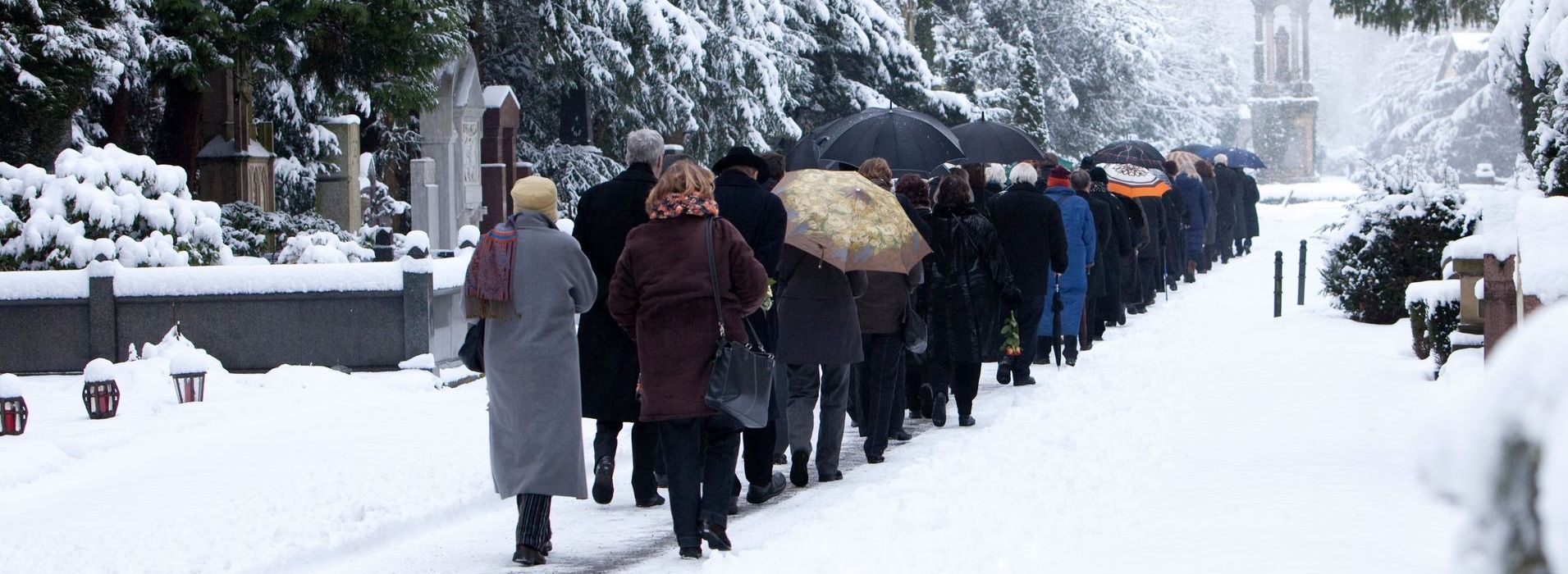
What Lights Do You Turn On in a Funeral Procession?
When participating in a funeral procession, turning on the appropriate lights is important for safety and tradition.
- Headlights: All vehicles in the procession should have their headlights turned on, even during the day, to signal they are part of the cortege.
- Hazard Lights (if required): In some areas, drivers may also be asked to turn on their hazard lights to increase visibility and indicate they are part of the procession.
The lead vehicle, usually the hearse, may also have special funeral flags or lights to make the procession easily identifiable to other road users.
What to Do When a Funeral Procession Passes
If you encounter a funeral procession, it’s important to act respectfully and follow local customs. Here’s how you can show courtesy:
- On the Road:
- Yield to the procession, even if you have the right of way.
- Do not cut into or drive through a procession.
- Pull over and allow the procession to pass if you are on the opposite side of the road, where safe and legal.
- As a Pedestrian:
- Pause or stop to show respect as the procession passes.
- Remove your hat or bow your head as a gesture of reverence, if appropriate.
Showing respect for a funeral procession is a simple but powerful way to honour the deceased and support grieving families.
What Is the Purpose of a Funeral Procession?
The funeral procession is steeped in symbolism and serves several important purposes:
- Honouring the Deceased: The procession provides a solemn and public way to honour the life of the person who has passed.
- Marking the Transition: It symbolises the physical and emotional journey of saying goodbye.
- Providing Closure: For many mourners, following the coffin to its final resting place helps bring a sense of closure.
- Tradition and Ritual: Processions are a deeply rooted tradition in many cultures and religions, each with its own unique customs and practices.
Cultural and Historical Perspectives on Funeral Processions
Funeral processions have been part of human history for thousands of years.
- Ancient Egypt: Processions were elaborate, with mourners, musicians, and offerings accompanying the deceased.
- Victorian England: Funeral corteges were highly formal, often including horse-drawn hearses and mourners dressed in black.
- Modern Traditions: Today, processions range from simple, quiet journeys to vibrant celebrations of life, depending on cultural or personal preferences.
Planning a Funeral Procession
If you’re arranging a funeral, planning the procession is an important part of the service. Consider:
- The Route: Select a meaningful route to the burial or cremation site.
- Vehicles: Decide if you’d like traditional hearses, limousines, or personal vehicles.
- Participants: Choose who will be involved in the procession, including family, friends, and pallbearers.
At Gaunts of Wollaston, we are here to guide you through this process, ensuring every detail is handled with care and respect.
A Final Farewell
A funeral procession is more than just a journey; it’s a symbolic and heartfelt tribute to a loved one’s life. Whether it’s a quiet drive through the countryside or a formal cortege, this tradition allows families to come together in grief, remembrance, and love.
If you have any questions about planning a funeral procession or other aspects of a funeral service, the compassionate team at Gaunts of Wollaston is here to help. Contact us today for support and guidance.

